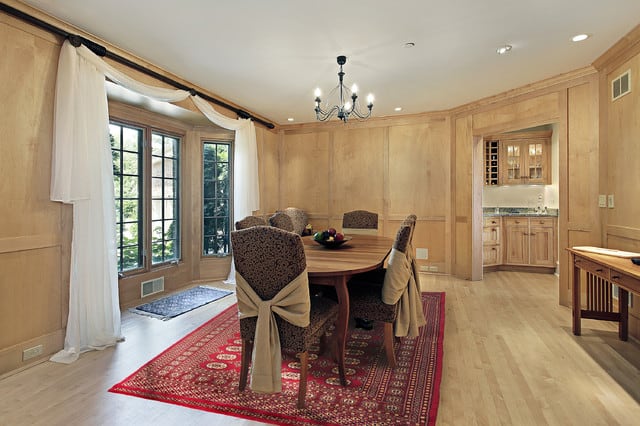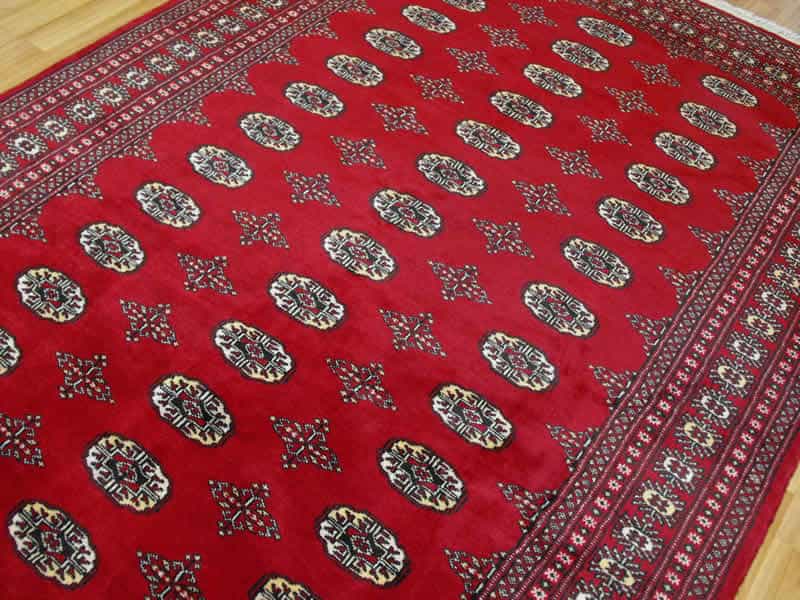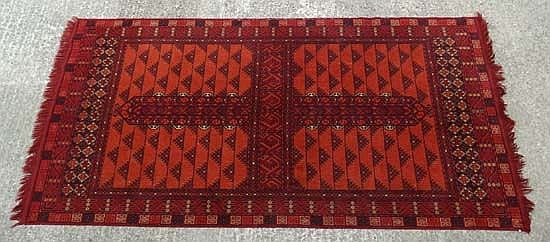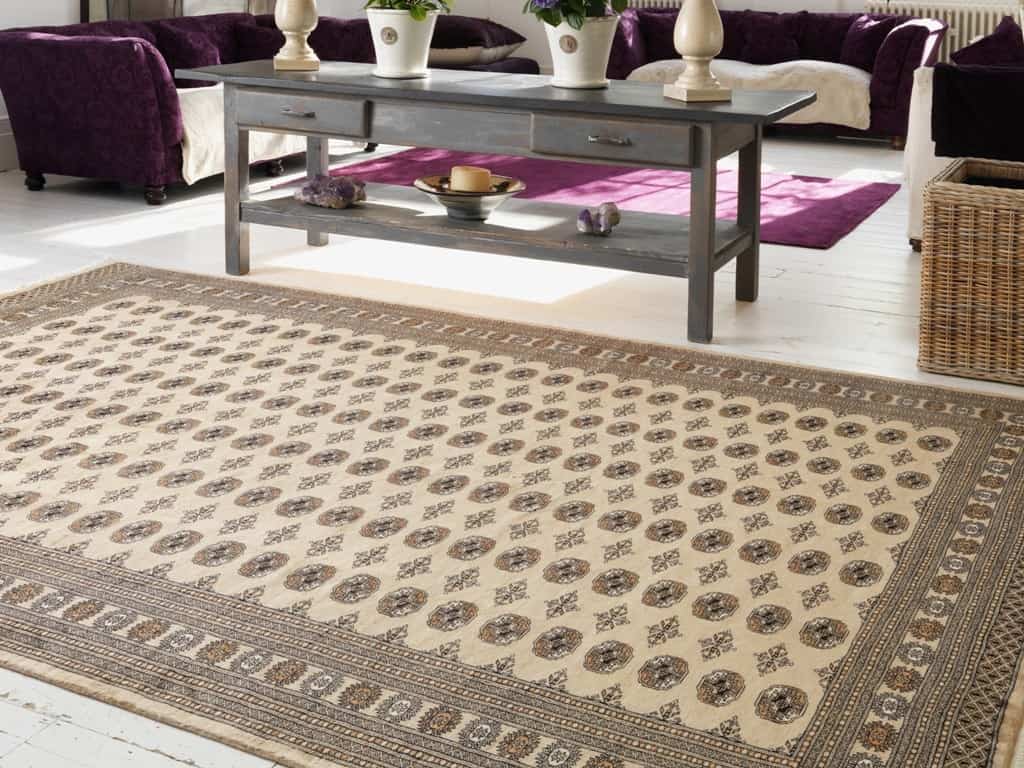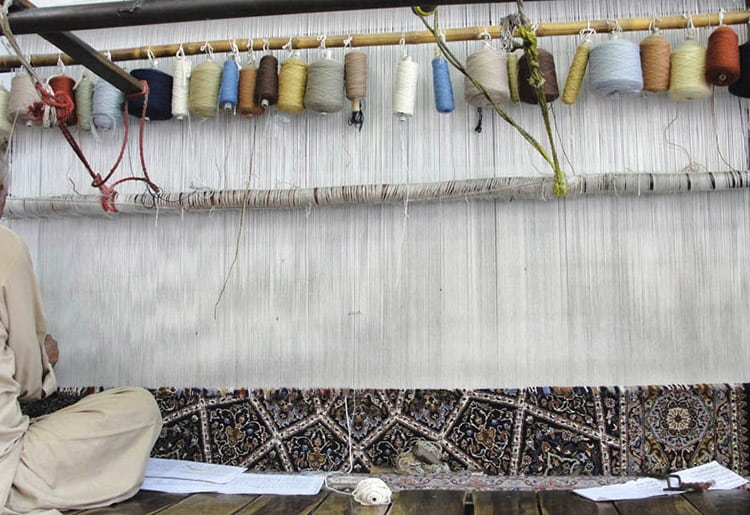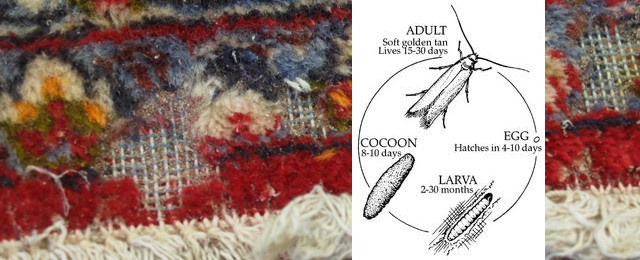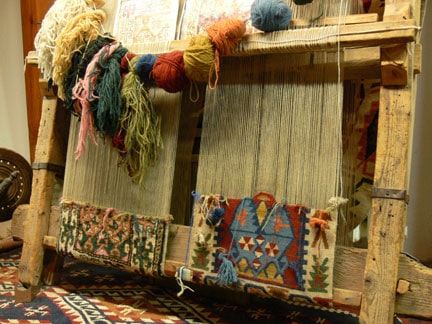So, you are thinking about getting a Bokhara Rug but find yourself still swinging back and forth when it comes to which one to buy? Consider this your lucky day because you’re about to learn everything there is out there about those beautiful rugs.
Where do Bokhara Rugs come from?
They got their names from the Bukhara region in the southwest of Uzbekistan they are produced in. What everybody now knows as Bokhara style was once called Tekke and it was not long before Bokhara rugs became highly appreciated and a sign of wealth across the empires of the East.
Although many surrounding regions craft Bokhara rugs, the most popular and luxurious ones come from Pakistan. However, today, Bokhara rugs are also crafted in Afghanistan and Turkey, as well.
What makes Bokhara rugs so much preferred is their extremely soft pile, among others.
Characteristics of Bokhara rugs
Bokhara rugs are very easy to identify. You can tell much about them from their design. Bokhara rugs are usually defined by their symmetrical patterns adorning the rug with diamond-shaped or oval motifs that repeat. The octagonal motifs are also known as an elephant’s foot and usually comes in dark blue, brown, black or ivory accents.
As for the shapes of the motifs, these vary, depending on the tribe that makes them. The differences in the motifs were used to identify the source of each rug. Now, the materials used to make Bokharas, wool is the foundation material, and the pile is usually tied with Persian knots. Also, you will notice that it is clipped short.
Take into consideration that they hugely vary in quality, which means you can find rugs of very poor to absolutely fine. Since there are both handmade and machine-made Bokharas out there, it’s better to go for a known Bokhara to inspect so that you can determine its authenticity much easier.
Traditionally, the motifs on the Bukharas are designed with rich tones of red, but you may also see them feature grey, ivory, and green hues.
Types of Bokhara rugs
Then, there are Salor Bokharas that were crafted in the Afghan border by the Salor tribe that lived there. These come in red and you can tell them from their row of octagons. It is usually just one row, the octagons are symmetrical and each one features a diamond or a smaller octagon within its border. In the interior of each octagon, you can distinguish flowery designs (no more than three, though).
The Tekke Bokharas are the most expensive oriental rugs and feature two different styles. One type is the Royal Bokhara, which are non-prayer rugs, and the other is the Princess Bokhara rug that is used in places of worship to pray. The Royal Bokhara Rugs are dominated by red hues and feature multiple rows of elongated octagons. These join both vertically and horizontally and alternate small diamond motifs. You may also hear it referred to as the window pane design. Finally, Princess Bokharas hold religious and cultural importance and are more distinct compared to the Royal-style Bokhara rugs. In general, all Tekke Bokharas are hand knotted, and their knots ate the finest Persian ones you can find
The Yomud Bokhara got its name from the Central Asian tribe of Yomud. These rugs have deep red hues and are tied with either Turkish or Persian knots. A popular design among Yomud Bokhara is the Greek cross that divided the rug into four sections, each one adorned with small a small octagon in white accents. Another design, although not very popular, is that of the diamond lattice motif that covers the entire field, with each diamond enclosing geometric medallions.
Beshir or Ersari Bokharas are characterized by their zig-zag borders that go around a row of either tree patterns or diamond medallions that conjoin decorating the center. These are often dark red, and their motifs that come in yellow, red or blue hues are usually knotted with the Persian knot. However, it’s not uncommon to find Beshir Bokharas that have Turkish knots, though.
Khina Bokharas or also known as Afghans, are rugs weaved mainly in Afghanistan and the knots they come with are Persian, but of larger sizes. Again, they are dominated by rich red accents and not only one, but several rows of dual-colored octagons that appear quartered.
Pinde Bokharas are the most valuable and hard-to-find Bokhara rugs. They are usually woven in Turkmen, a remote Pinde district. The ones used for prayers have typical pray motifs usually consisting of prayer niches in red fields, separated by a horizontal line that gives the overall pattern a cross-like design.
Finally, you can find Indian and Pakistan Bokharas in dark blue, orange, green, tan, rust, gold, and aqua. Their pile is higher and the wool used is soft.
Craftsmanship
Here’s what you should know:
1. Bokhara rugs are hand knotted and always wool. You will NEVER find a Bokhara rug that’s synthetic or tufted.
2. Bokhara rugs have a double pile and the only country that uses that construction is Pakistan, which is why the most luxurious Bokharas are crafted there.
3. You may notice that they top wool pile is longer than the rest. This is done intentionally to give a lush feel.
How to use a Bokhara rug
One of the primary reasons for having a rug in the home is to define the space. Likewise, a Bokhara rug will add purpose to an open floor plan.
Some people chose to have Bokharas in the room where they play music as it’s said that wool can absorb noise and echo, giving superb recording quality. Or you could add more drama to a centerpiece by placing it on a Bokhara (make sure the rug covers all the piece of furniture or another item of choice.
If you like asymmetrical looks, you can place a Bokhara in the center of a room to even things out.
Finally, bohemian Bokhara rugs will add warmth and are ideal for the bedroom. Place one on every side of the bed (ensure they are matching rugs!) for an effortless alternative to the traditional area rug. However, nothing stops you from mixing and matching!
No matter which rug type you choose, what’s important is to keep your rugs in mint condition for as long as possible. So, make use to protect them from bugs and moth, clean them at the appropriate times, and how to take care of them!

